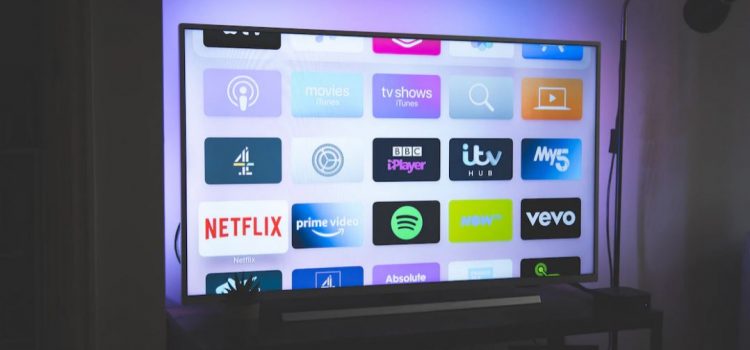
This is a free excerpt from one of Shortform’s Articles. We give you all the important information you need to know about current events and more.
Don't miss out on the whole story. Sign up for a free trial here .
Do you dread canceling subscriptions because the process can be so convoluted? Did you know companies do this on purpose?
The global subscription services market is expected to double in size by 2026. Much of its success comes from making it difficult for people to cancel their subscriptions. The US Federal Trade Commission has proposed a “Click to Cancel” rule that would crack down on deceptive company practices.
We’ll take a look at the Click to Cancel rule below.
What Is “Click to Cancel”?
Americans spent an average of $219 a month on subscription-based services in 2022—and not all of them were happy about it. According to one survey, more than 40% of respondents said they had too many subscriptions and more than half wanted to spend less than $50 a month on them.
But trying to cancel subscriptions can be like running the ball down the football field and having random players charge off the sidelines and try to block and tackle you—and just as you approach the end zone—if you even make it that far—someone moves the goalposts.
Background
Every year the FTC fields thousands of complaints from consumers who get hit with recurring charges for subscription services they were unable to cancel or didn’t know they signed up for. Experts say that many companies employ a range of strategies to trick customers into buying subscriptions and make terminating services nearly impossible.
For example, some use “dark patterns”—tactics designed to trick, manipulate, and prevent customers from acting. Dark patterns include:
- “Negative option” plans, which automatically enroll customers or renew services for customers who don’t proactively opt out of them.
- Hurdles to terminating services—like requiring customers to click through multiple screens before they can end a service and dimming the “cancel” button.
Companies also use strong-arm tactics to get consumers to continue to pay for subscriptions they don’t want. For example:
- Cable and phone companies often require customers to talk to a customer service representative to cancel their subscriptions. Representatives’ primary function during these calls is to pressure customers not to terminate services.
- Gyms often require members to have an in-person conversation with a rep, or send a request via certified or notarized mail if they want to end their memberships.
“Click to Cancel” Regulation
In March, the Federal Trade Commission (FTC) announced efforts to crack down on subscription service companies’ aggressive and deceptive sales tactics with a new “Click to Cancel” rule. The proposed regulation would make it easier for customers:
- To understand exactly what they’re signing up for before enrolling in a new subscription service.
- Terminate and get refunds for subscriptions and memberships they don’t want.
What Would “Click to Cancel” Do?
Click to Cancel would ban companies from employing dark patterns and require them to:
- Make canceling a subscription as easy as it is to sign up for one.
- Ensure that consumers are aware of key terms before billing them for services.
- Get customers’ permission to offer perks or discounts aimed at getting them to continue paying for their subscriptions.
If implemented, the new rule could save customers time and money and penalize companies for deception by enabling the FTC to:
- Claw back funds for consumers victimized by companies’ manipulation tactics.
- Enforce civil penalties of up to $50,000 per violation per day for businesses that break the new rules.
Looking Ahead
The FTC has not announced when it will finalize Click to Cancel. Until the rule goes into effect, experts recommend taking the following steps to protect yourself from deceptive and strong-arm practices:
- Before you enroll in a new subscription service: Research (outside of the business’s website) the company’s cancellation policy and related complaints.
- When you enroll in free trials: Set phone reminders to alert you when it’s time to cancel.
- When purchasing subscriptions: Look for pre-checked boxes and uncheck things you don’t want.
- Every 90 days: Examine recurring charges and cancel anything you’re not using.

Want to fast-track your learning? With Shortform, you’ll gain insights you won't find anywhere else .
Here's what you’ll get when you sign up for Shortform :
- Complicated ideas explained in simple and concise ways
- Smart analysis that connects what you’re reading to other key concepts
- Writing with zero fluff because we know how important your time is






